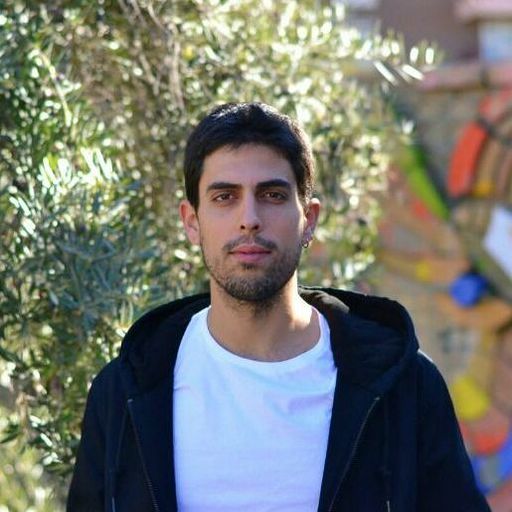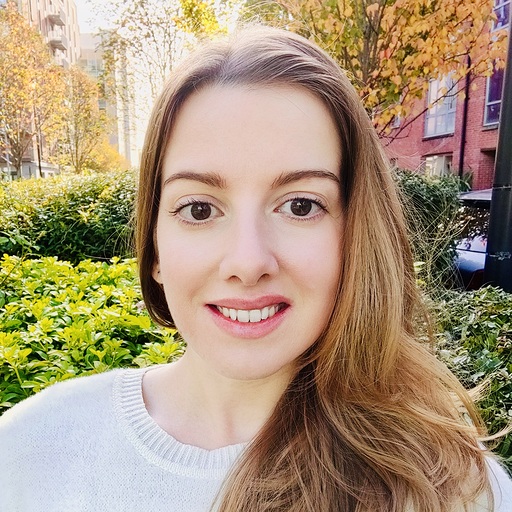Q&A: A Look at NYC's Open Data Approach with Mayor's Senior Project Manager

Open data is justifying all its hype by making local governance easier more accessible and transparent for the daily lives of small town and big city residents alike.
Jeff Ferzoco and Adrienne Schmoeker recently sat down to discuss the rise of open data communities the significance of big data location data analysis data contextualization and just how New York City’s Open Data Law is closing the door on disempowered civic solutions.
Jeff Ferzoco is our Public Sector Customer Success Manager here at CARTO. He specializes in how cities and local governments can use open data and location intelligence to better serve their citizens. Adrienne Schmoeker is Senior Project Manager for Open Innovation Initiatives in the New York City Mayor’s Office for Technology and Innovation.
Watch the full conversation or check out a summary of some of the key questions they covered below:
FERZOCO: What is open data?
SCHMOEKER: Open data is data that’s collected by a city and shared back with its constituents. It may be fed in by the citizens themselves—for example through New York City’s 311 information number.
The information collected there is anonymized and then made available on the city’s open-data portal. Or the data might be gathered in other ways. For example the city’s snowplow trucks have sensors that detect which streets have been plowed.
We publish that information back and give it to New Yorkers so that they can keep us accountable.
FERZOCO: What is the value of open data to cities?
SCHMOEKER: The promise of open data is the promise of more participatory government.
People have more information about where they live and how their government operates and they can then take action.
FERZOCO: How has the value of big data changed over time?
SCHMOEKER: Our data inventory has grown enormously. When we started about seven years ago we had about 160 data sets; we’re now up to over 1 600 including 200 automated sets.
In addition to growing supply we are also working on how to market our data. The percentage of New Yorkers who use open data is still pretty small.
So how do we truly make it for everyone? First we revamped the website adding a tutorial and a more prominent search feature. We also hosted our first Open Data Week which engaged some 900 people over 12 events.
FERZOCO: Who is the audience that you’re trying to reach and what has been their response and reception?
SCHMOEKER: Our audience is: Everyone.
The great irony of open data is that we don’t yet have great data about who uses it and how. So we’re in a sponge phase of doing a lot of research and listening.
There are so many use cases and applications that people are coming to us with. Physicians for example are interested in using open data in their health practices. We are also reaching out to educators data journalists and nonprofit organizations.
But ultimately it’s the public. Anyone can request a data set. And you don’t even to be a New York resident.
FERZOCO: How are agencies adjusting to the upcoming open data publication deadlines?
SCHMOEKER: In New York open data is a law thankfully and it’s acting as a big stick that says: “You have to publish all of your data sets.”
We coordinate with every agency each of which has an open data coordinator. Two agencies that are really doing a particularly great job of it: The Parks Department and the Taxi and Limousine Commission (TLC).
The important thing is to encourage agencies to operate in a more data-driven way and to advocate for more resources to build out analytics for their agency.
What needs to happen is a change of culture: this data belongs to New Yorkers they deserve to understand it so let’s put it out there.
FERZOCO: Do you have advice for smaller cities that don’t have open data policies?
SCHMOEKER: If you don’t have a “stick” in the form of a law then you need a crop of carrots. You can start by identifying the champions within your government who are excited about open data.
Give that agency the resources and moral support to get it off the ground in their agency and then put them on the highest pedestal you can find. Showcase them locally nationally in conferences on social media.
This will get other people to start catching on and get people in your community to start demanding their right to open data.
FERZOCO: And also make as much as you can with the data those champions collect! Related to that how do you bring awareness of open data to a wider public?
SCHMOEKER: One thing that’s inspiring to me is the civic tech movement that is springing up across the US.
Groups like the Code for America Brigades or Meetup.com are helping like-minded people find each other.
In New York City alone there are a least a hundred meetups for tech-minded people. Find ways to tap into communities with the skillsets and passion to use the data and leverage that.
It’s amazing what people are willing to do for a simple thank-you.
FERZOCO: Is it or should it be the responsibility of agencies to provide insight on the data they publish?
SCHMOEKER: With any data set you have to understand the context of how the data is collected in order to do a meaningful analysis. And by placing data on a portal you’re divorcing it from that context.
We try to solve that on our site by providing an introductory page for each set with basic information data dictionaries and additional context.
Mapping and visualizations are incredible tools for providing that context.
FERZOCO: Is the city considering having nonprofits not only use open data but publish their own data?
SCHMOEKER: I would love that.
I don’t have a specific timeline for it but the ethos of open data is collecting as much information as possible and the city doesn’t have it all.
We also work with the Port Authority the State of New York the Department of Education and the nonprofits that are doing amazing work in collaboration with the city. Without their information we’re painting an incomplete picture.
This Q&A is excerpted from a longer interview with Adrienne Schmoeker from the New York City Mayor’s Office of Technology and Innovation. To learn more about how open data is helping New York City you can view the complete webinar here.









.png)


.png)


